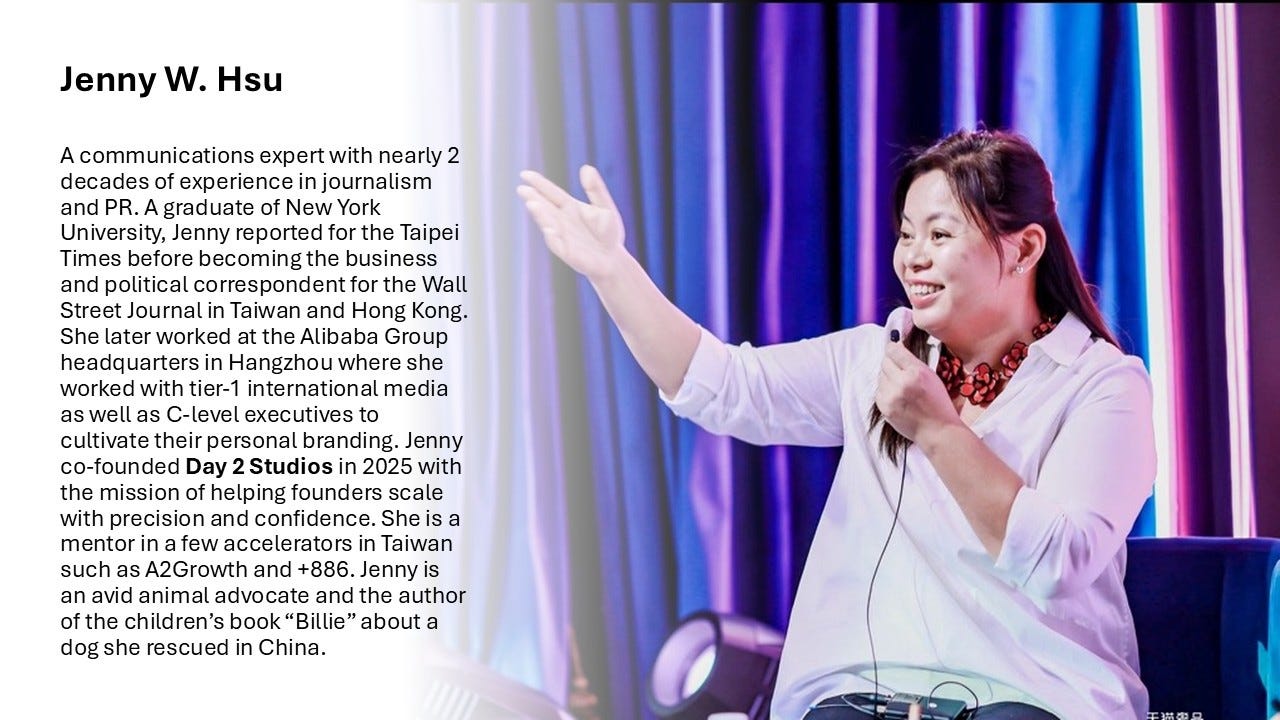Beyond the Deck #7: Trouble With Your Team? Try Inconsistency
Leadership isn’t about sameness — it’s about seeing people as they are and helping them become who they could be.
Before I entered the communications industry, I was a special education teacher in New York City. For several years, I taught children with autism in Brooklyn and on the Upper West Side. As the sibling of a special-needs child, I believed teaching was about creating an environment where every child could reach their full potential.
So I arrived on my first day armed with a thick binder of color-coded lesson plans — objectives, activities, schedules, everything perfectly arranged for “the class.”
It took less than a week to realize I wasn’t teaching a class. I was teaching eight completely different children.
One child couldn’t sit still for more than twenty seconds. Another cried when glue touched her fingers. One refused to speak.Another screamed without warning.
My perfect binder did not survive the first week.
In a supervision meeting, emotionally exhausted, I told my professor, “I’m following everything the book says, but nothing is working.” She looked at me and said, “Are you trying to make the children follow your plan, or are you adapting your plan to follow the children?”
That question changed me.
My lesson plans weren’t the problem. My assumptions were. I kept my values consistent – safety, love, patience, curiosity. But I changed how I taught each child. One learned math while standing. One only responded through music. One needed visuals. One needed extra time.
And that was the first real lesson in leadership:
Fair doesn’t mean treating everyone the same. Fair means giving each person what they need to succeed.
Leadership Isn’t Consistency — It’s Connection
Years later, working with CEOs and startup teams, I realized the same truth applies in every workplace. Teams don’t fall apart because leaders are too demanding. They fall apart because leaders try to lead everyone the same way.
As Steven Bartlett — entrepreneur, investor, and host of The Diary of a CEO — says:
“Great leaders are fluid, flexible, and full of fluctuation. They are whatever shape they need to be to complete your motivation.”
This isn’t about being indecisive or unpredictable. It means your values don’t change — but your approach should.
A manager says, “These are the rules. Everyone follows them.”
A leader asks, “What do these individual team members need to do their best work?”
As organizational behavior expert Simon Sinek often says, leadership is not about being in charge — it’s about taking care of those in your charge. But taking care doesn’t mean shielding people from difficulty or forcing everyone to be in lockstep in style and execution.
To be an adaptable leader doesn’t require you to lower the bar or allow chaos. In fact, it is even more crucial to enforce the overarching structure and that everyone has the same big goals. The final destination remains the same — but how we help people reach it may differ from person to person.
So What Should Stay Consistent — and What Can Adapt?
Great leaders know which parts of leadership must remain firm and which should flex.
What must stay consistent:
• Team mission and goals
• Ethics, integrity, and respect
• Standards of behavior and professionalism
• Fair and transparent compensation structures
• Accountability for results
What can be flexible:
• Task assignments based on strengths and readiness
• Levels of autonomy or support
• How feedback is delivered — direct for some, paced and private for others
• Communication style — written instructions, voice, visual, step-by-step
• Growth opportunities and challenges
This is not about making things easier. It is about giving each person the right conditions to meet the same high expectations.
Where Generations Collide
Most leaders today are Gen X (1965–1980) or Millennials / Gen Y (1981–1996). They grew up with hierarchy, loyalty, and the idea that you work hard, follow the system, and earn your turn.
Now they lead Generation Z (1997–2012) — the first generation raised entirely in the digital age. They care less about titles and more about purpose, identity, and mental health.
Research supports this. Deloitte reports that Gen Z defines success as a balance of income, meaning, and well-being. McKinsey found that 77 percent of Gen Z employees are open to leaving their jobs if they don’t feel seen or valued. Stanford research shows Gen Z prefers leaders who listen rather than simply instruct.
To older generations, this can look like entitlement.
To Gen Z, being treated like everyone else feels like being ignored.
The issue is not laziness — it is misalignment. And it proves the same truth I learned in that classroom: you cannot lead people well if you insist on leading them all the same way.
The Courage to Be “Inconsistent”
Leading this way isn’t easier. It takes more time. It takes emotional effort. It takes courage to explain to your team why different people might need different kinds of support.
Someone may ask, “Why did she get more feedback?” or “Why does he get more independence?”
And a true leader can answer, “Because your strengths and your struggles are different — and I want each of you to grow in the way that fits you best.”
Consistency in values.
Adaptability in approach.
Clarity in expectations.
Courage in uncomfortable moments.
That preschool classroom taught me more about leadership than any business school ever could.
You cannot lead people from a binder.
You lead them by paying attention to who they are, what they need, and who they might become.
That isn’t inconsistency.
It is leadership.
About the Author:
Jenny W. Hsu is the Chief Creator and Co-Founder of Day 2 Studios.





